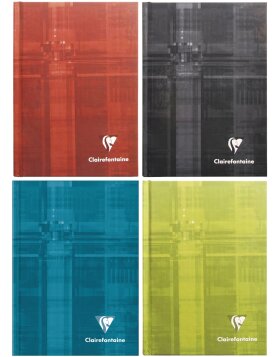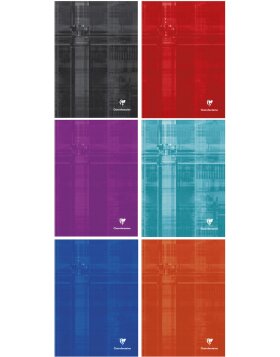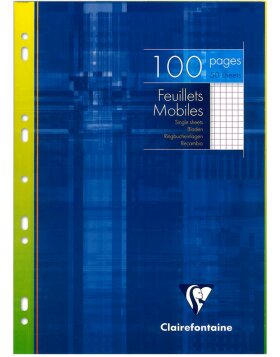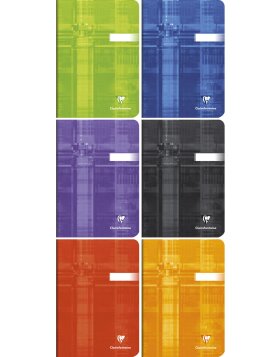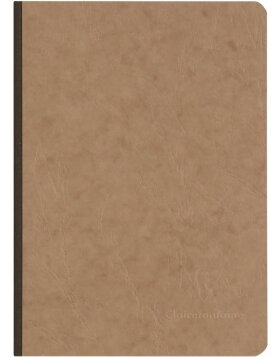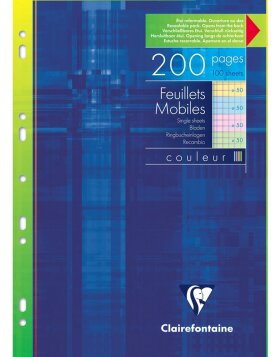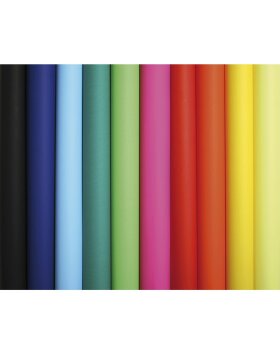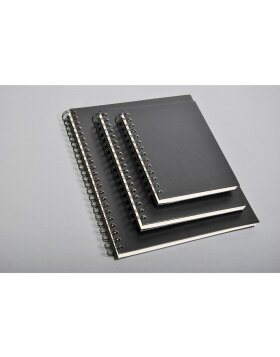Item with Grammage: 90 g/m²
FAVORITE PRODUCTS FROM THIS CATEGORY
Introduction to grammage: The 90g/m² paper
The grammage of a paper plays a crucial role in choosing the right paper for different applications, from art to office communication. In particular, the 90g/m² paper is popular for many applications and offers a qualitative difference compared to the usual copy paper. It is great for sketch pads, writing notebooks, colouring paper, stationery and much more.
Understanding paper grammage and 90g/m² paper
The grammage of a paper refers to the weight of a sheet of paper in relation to its surface area, usually expressed in grams per square metre (g/m²). It is an indicator of the thickness and stability of the paper. So a paper with a grammage of 90g/m² weighs 90 grams per square metre. For comparison: normal copy paper usually has a grammage of 80g/m².
A 90g/m² paper is therefore slightly thicker and more stable than normal copy paper. This means it can hold more ink without tearing or bleeding through, making it ideal for high-quality printing and drawing.
Application areas of 90g/m² paper
A paper with a grammage of 90g/m² has many uses. Due to its increased stability and quality feel, it is often used for specialised applications.
In the art world, it is a popular choice for sketch pads and painting paper. Artists appreciate its ability to absorb ink well and protect work from bleed-through. It also allows for smooth and even strokes, which is especially beneficial for detailed sketches or drawings.
In office communication, it is often used for official documents or presentations, as it gives a more professional and higher quality impression than conventional copy paper. It is also often used for stationery because it has a pleasant feel and a more refined appearance.
Advantages and disadvantages of 90g/m² paper
Like any product, 90g/m² paper has its advantages and disadvantages. The main advantage is its increased stability and durability compared to lower grammage paper. This makes it more resistant to tears and allows more ink or paint to be applied without bleed-through. It also gives documents or artwork a high quality and professional look and feel.
One of the few drawbacks might be that the 90g/m² paper is slightly more expensive than lower grammage paper, such as the usual 80g/m² copy paper. It also takes up more space in the printer tray, which could be a problem for large print jobs.
In conclusion, the 90g/m² paper is an excellent choice for those looking for a stable and high quality paper for various applications, be it art projects or professional documents. Its higher cost and larger footprint are more than compensated by its many advantages.







